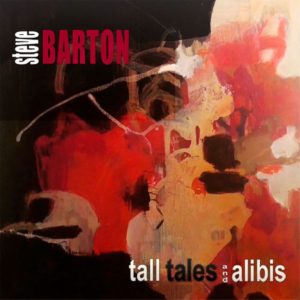 Artist: Steve Barton
Artist: Steve Barton
Album: “Tall Tales and Alibis”
Label: Sleepless Records
Reason We’re Cranking It: The 3-disc set, which features 37 tracks, is a marathon of creation from Translator founder Barton, who offers up a goodie bag of songwriting treats. While each individual disc has its own unique perspective and feel, they’re no doubt plucked from the same collective inwardness, which Barton externalizes in the way he best knows how… by celebrating and lamenting through music.
What The Album Tells Us About Him: While most people are starting to consider retiring from their professions, 63-year-old Barton is putting in overtime, churning out a career’s worth of songs in a single studio outing. On “Tall Tales and Alibis” he’s combining his musical experience with life experience, punching his prolific songwriting into overdrive and delivering what could possibly be the most ambitious offering of the year.
Track Stuck On Repeat: While we normally reserve this section for a particular song that grabs hold of us, we feel it is appropriate to highlight a full disc given the diversity found throughout the listening experience as a whole. With the third compartmentalized collection, Barton hits the studio with a full band and explodes like a balloon… POP. Running his songwriting through a time machine, he touches down in various eras to give us everything from the Doo-wop inspired “Guilty of Innocence” to the Stones’ sounding “The Day My Baby Went Blind.” It’s a fun and uplifting way to round out your “Tall Tales and Alibis” journey.
Coming To A City Near You: Steve Barton tour dates can be found here.
And that means…



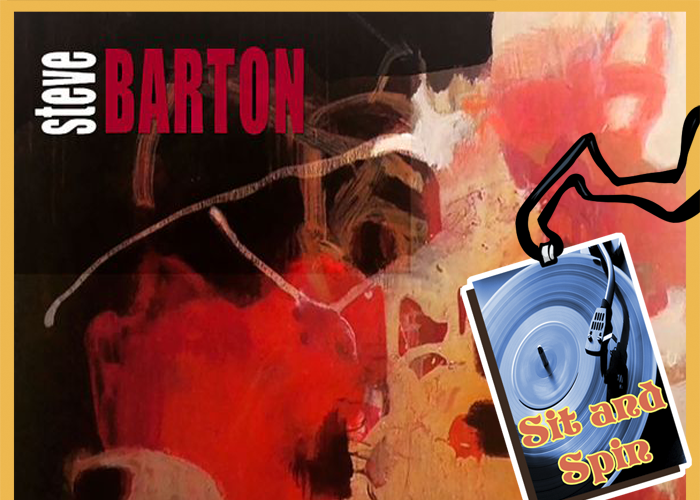
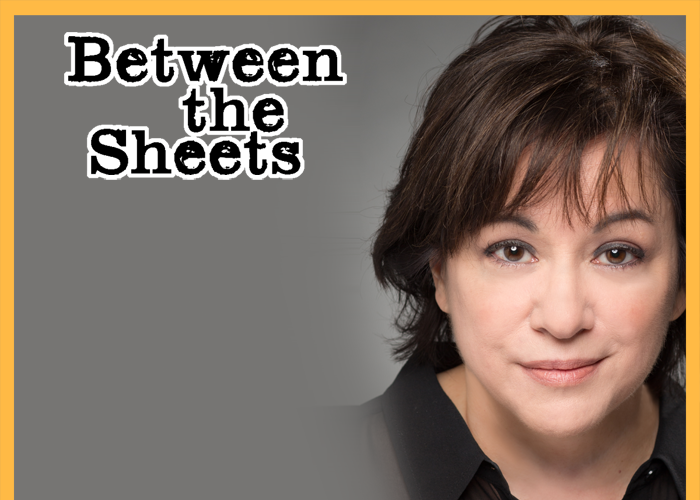
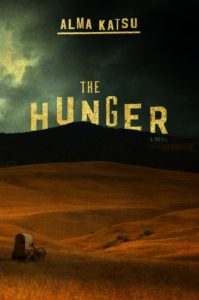 In our ongoing feature Between the Sheets, TrunkSpace picks the imaginative brains of authors to break down what it takes to create the various worlds and characters they breathe life into via the tools of their trade… sheets of paper. While technology continues to advance and change the pop culture landscape, the written word has remained one of the most consistent and imaginative art forms.
In our ongoing feature Between the Sheets, TrunkSpace picks the imaginative brains of authors to break down what it takes to create the various worlds and characters they breathe life into via the tools of their trade… sheets of paper. While technology continues to advance and change the pop culture landscape, the written word has remained one of the most consistent and imaginative art forms.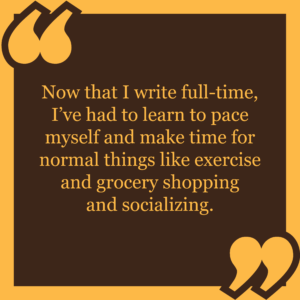
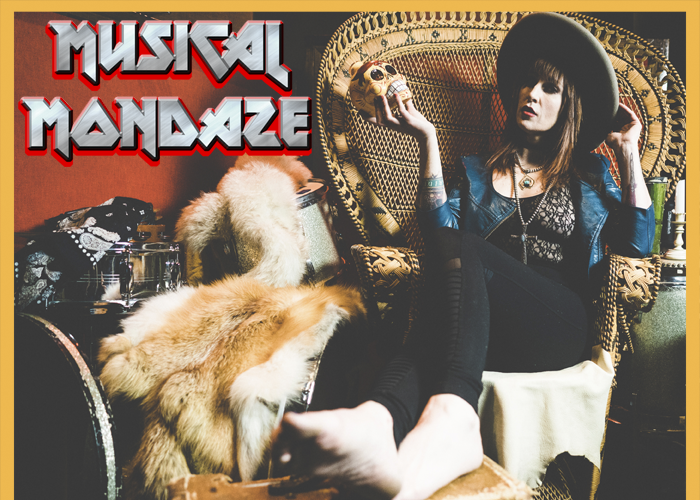

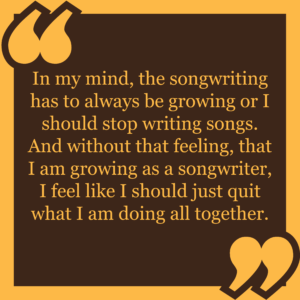

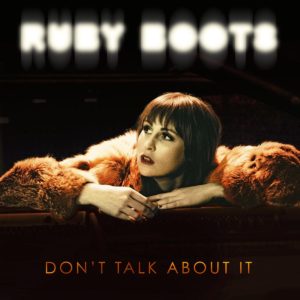 TrunkSpace: Nashville is such an amazingly creative city. Does being around other creatives inspire you to pursue your own art even further than you would if you were living in a different place?
TrunkSpace: Nashville is such an amazingly creative city. Does being around other creatives inspire you to pursue your own art even further than you would if you were living in a different place?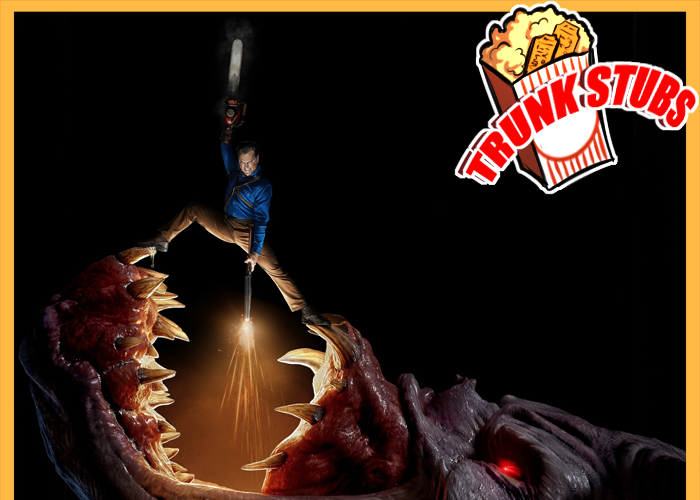
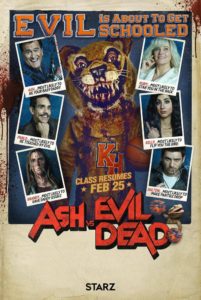 Series: Ash vs Evil Dead
Series: Ash vs Evil Dead
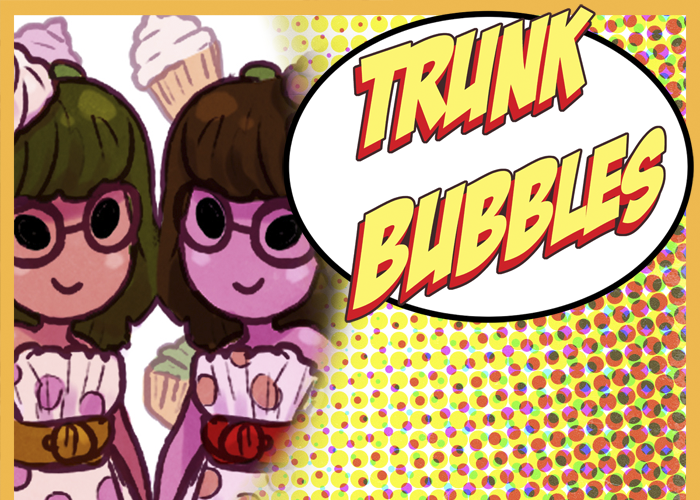
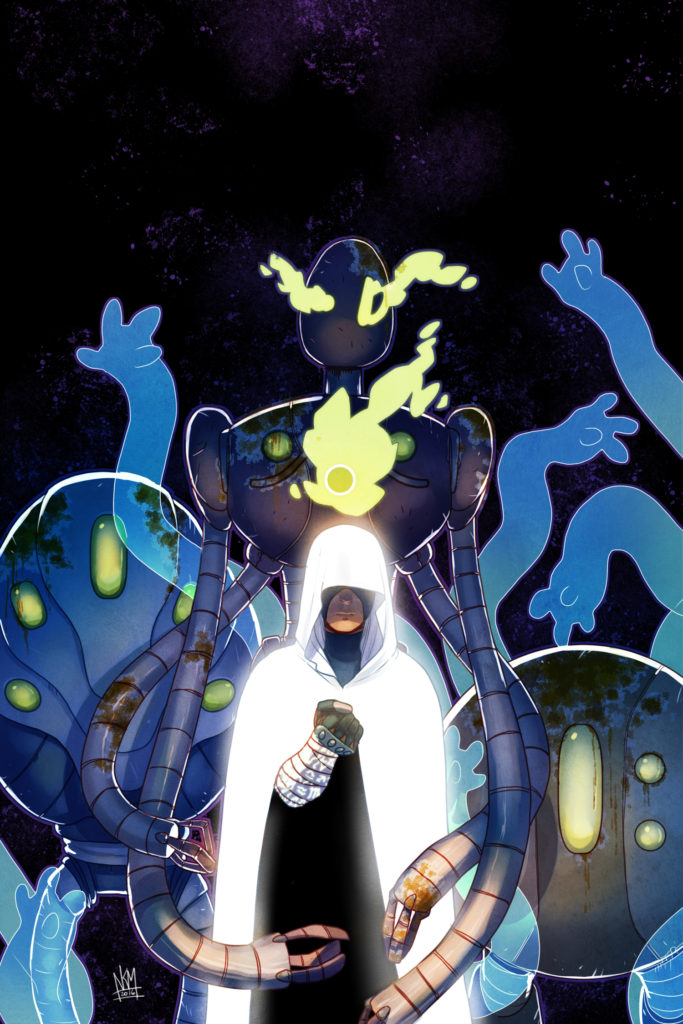 Name: Kelly and Nichole Matthews
Name: Kelly and Nichole Matthews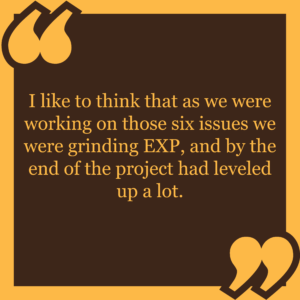
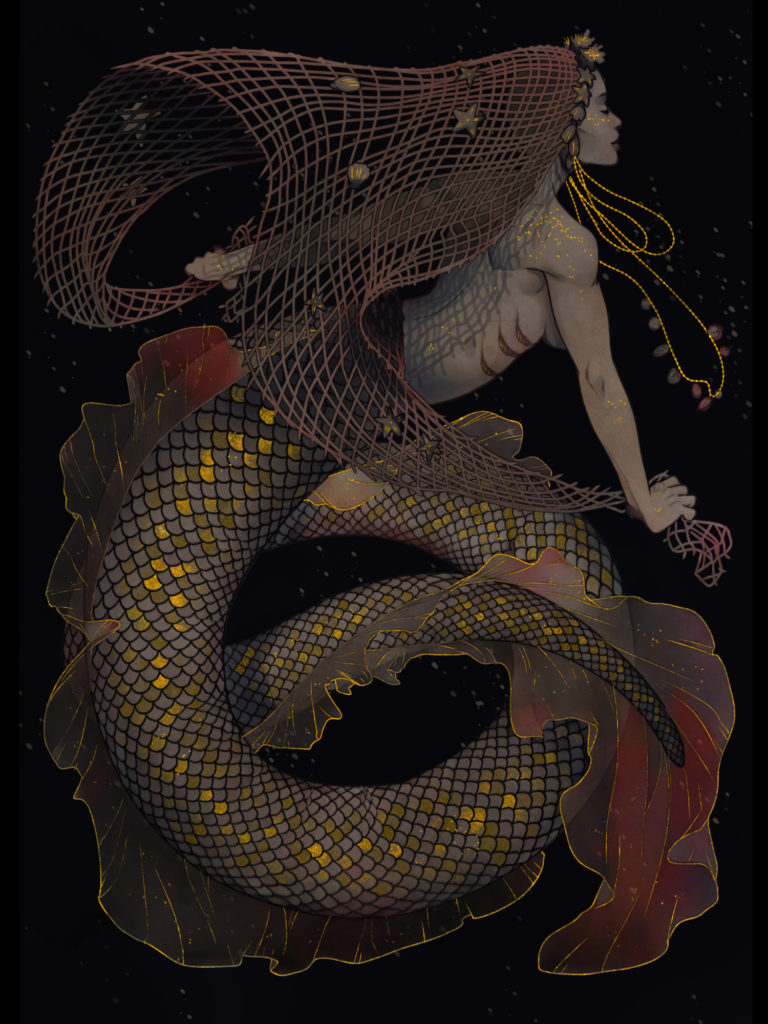 TrunkSpace: What would you say is the greatest strength as an artist?
TrunkSpace: What would you say is the greatest strength as an artist?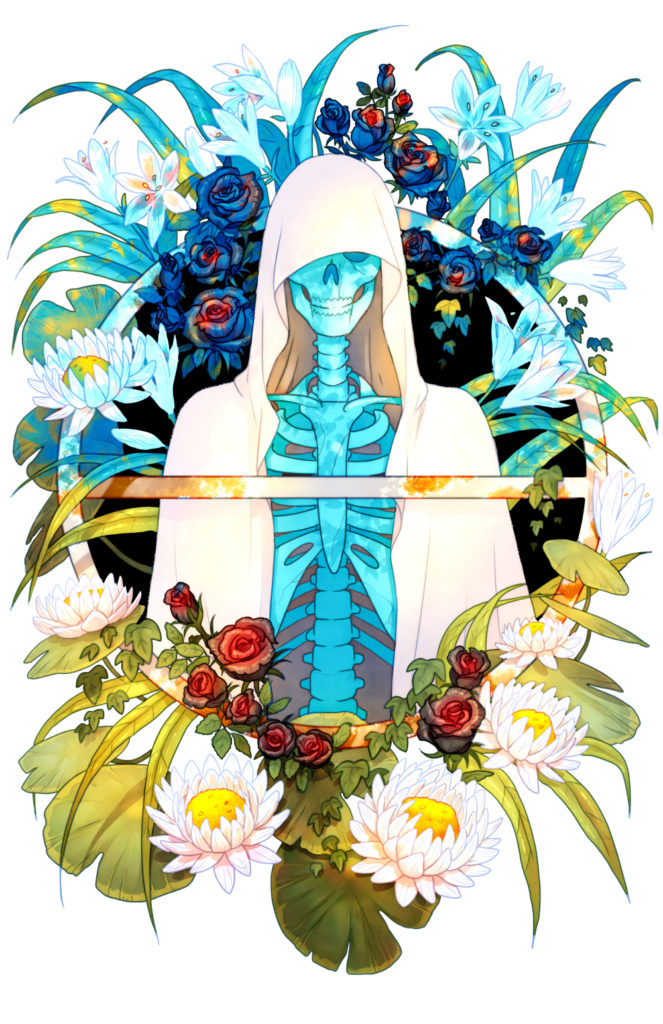

 Artist: Jonathan Wilson
Artist: Jonathan Wilson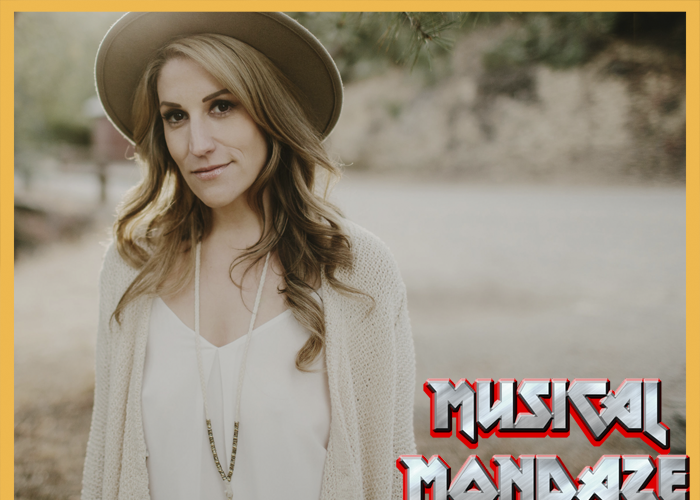

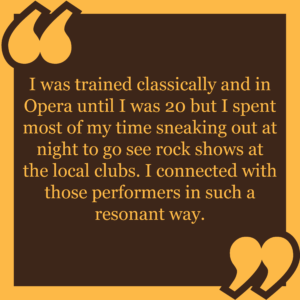
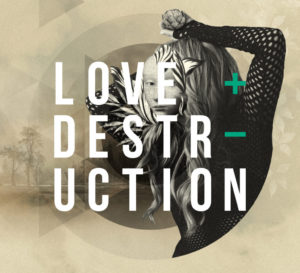 TrunkSpace: What do you want people to take from your music? What messages do you hope they uncover and decipher in a way that they can apply to their own lives?
TrunkSpace: What do you want people to take from your music? What messages do you hope they uncover and decipher in a way that they can apply to their own lives?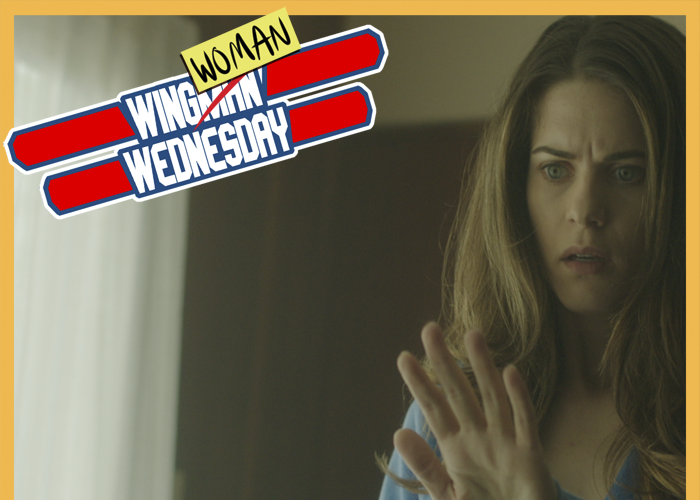
 It doesn’t take a time machine to look back on Lyndsy Fonseca’s career, all it takes is time. And probably Netflix.
It doesn’t take a time machine to look back on Lyndsy Fonseca’s career, all it takes is time. And probably Netflix.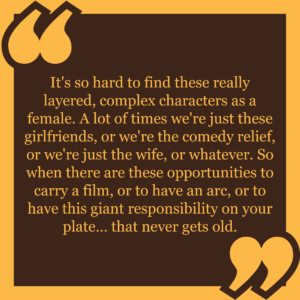
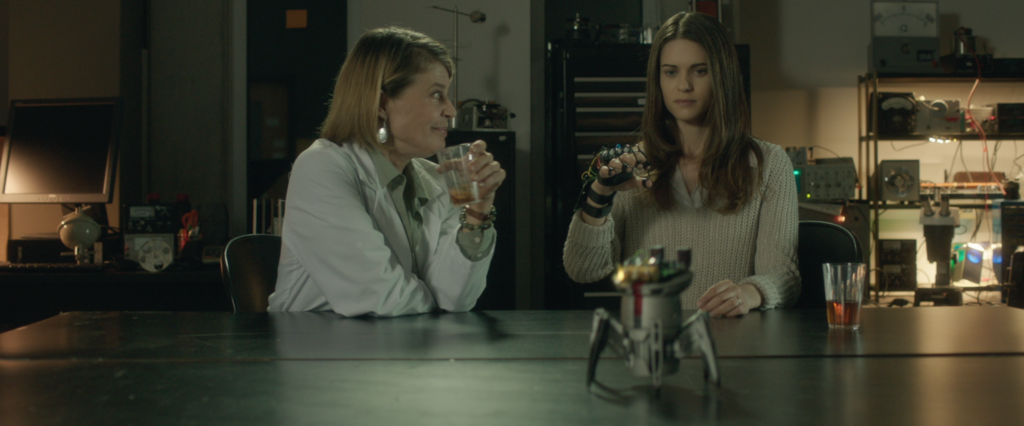
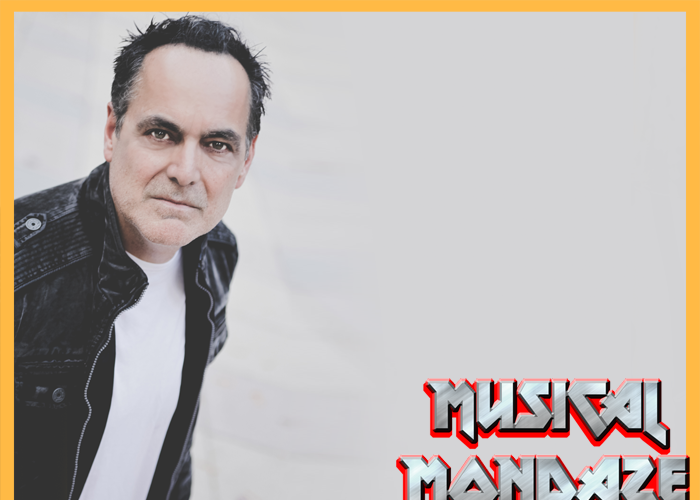
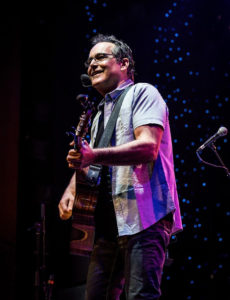
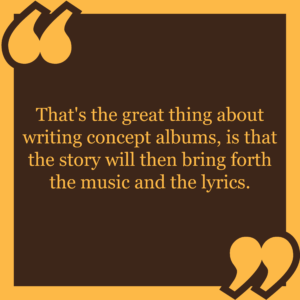 terms of just how you’re approaching music as a whole?
terms of just how you’re approaching music as a whole?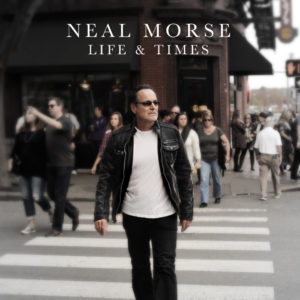 TrunkSpace: Are you someone who has a difficult time shutting off the creative brain? Are you always observing and absorbing?
TrunkSpace: Are you someone who has a difficult time shutting off the creative brain? Are you always observing and absorbing?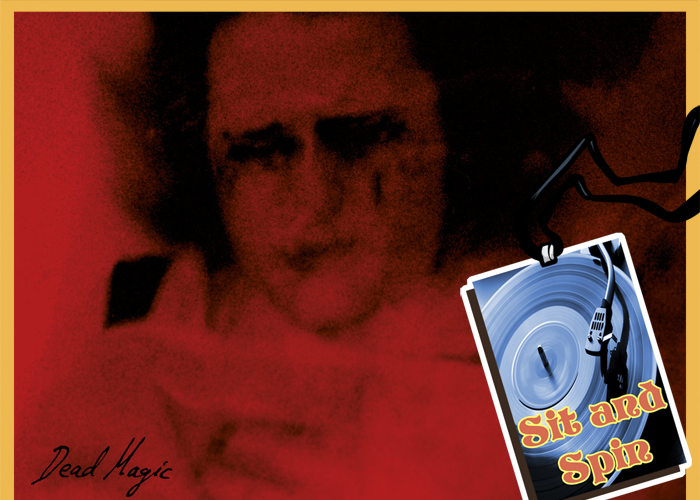
 Artist: Anna von Hausswolff
Artist: Anna von Hausswolff